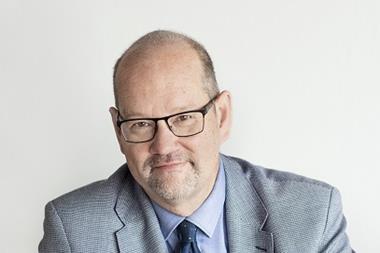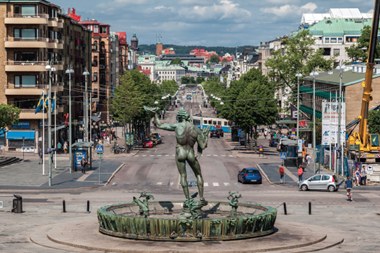AP1 has just pipped its peer AP3 to become the highest-returning of the big four Swedish pensions buffer funds in 2021, with its chief executive officer citing the formation of strong views and daring to act on them as keys to success.
In its annual report released today, AP1 revealed a 20.8% return after costs for the year, up from 9.7% in 2020. Its total assets grew to SEK465.8bn (€44bn) at the end of December from SEK392.6bn a year before.
CEO Kristin Magnusson Bernard said: “We are delighted to report the highest return and net investment income in our 20-year history on the capital that has been entrusted to AP1 by today’s and tomorrow’s Swedish pensioners.”
The return percentage puts AP1 at the top of the four main buffer funds which back Sweden’s first-pillar income pension this year, ahead of AP3, which reported a 20.7% gain, AP4 with a 19.2% return and AP2’s 16.3%.
However in size terms, AP1 is the smallest of the three Stockholm-based buffer funds, but larger than AP2, which is the only one to be located in Gothenburg.
The AP1 CEO said “Formulating strong views, daring to act on them and constantly challenging them have been critical success factors for us during the last year, and will remain so going forward.”
Short-term, tactical decision-making facilitated taking advantage of long-term opportunities, she said.
“I am proud of how our employees have constantly challenged each other and questioned strategies and exposures during the year, allowing for continuous adaptation of our risk-taking,” she said, adding that the board of directors had provided the necessary governance in the form of well-defined strategic frameworks and risk mandates.
Speaking to IPE this morning, Magnusson Bernard said active decision-making went right through the fund.
“For me, from a management perspective, if we never take any bets, if we never make any mistakes – we are never ever going to beat the market. I am there to support my team, also when they take bets that don’t play out,” she noted.
Even in a record year such as 2021, she said, there were positions that did not play out as intended.
“And it’s actually even more important in those situations that when that portfolio manager feels that he or she had a view that didn’t deliver, that we talk it through and say, OK, so what was your view? Why did it not deliver and what do we do going forward?,” she said.
“I try to be quite vocal in saying if we don’t make mistakes, we are never ever going to do better than the market,” said Magnusson Bernard.
Asked about the psychological resilience needed to continue investing in market downturns, such as the current one, the CEO agreed it was hard to buy in the dip “especially if you’re not even sure if it is a dip or if it is a more long-term downturn”.
“So that’s when the mandate set by the board, which very explicitly – I wouldn’t say ties us to the mast, but certainly encourages us to see through the short-term noise,” she added.
“There’s no automatic pull-back of risk mandates when the market goes down. We work a lot in terms of risk budgeting and if we had a governance structure that instead worked so that we had to achieve a certain return, that would probably lead us to decrease risk a lot more in a downturn and probably not be as active in trying to get those extra billions – in our case – when things go well,” she said.
The latest digital edition of IPE’s magazine in now available

















No comments yet